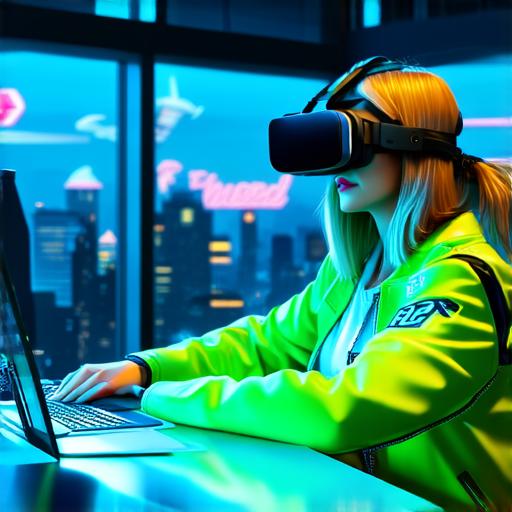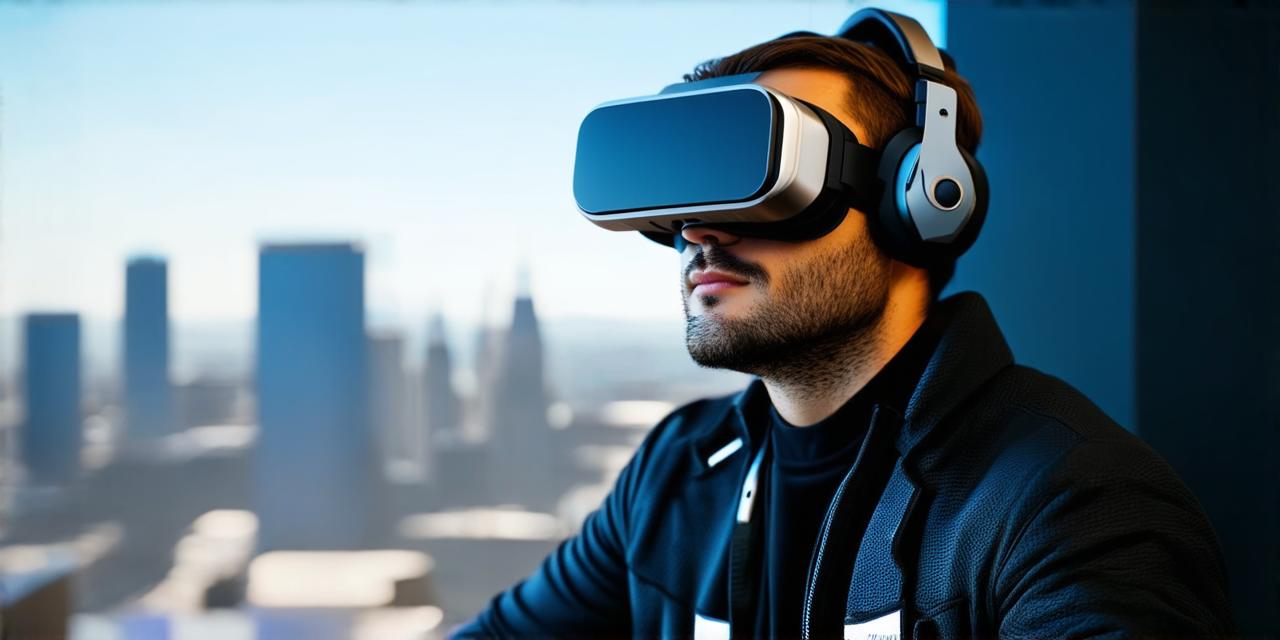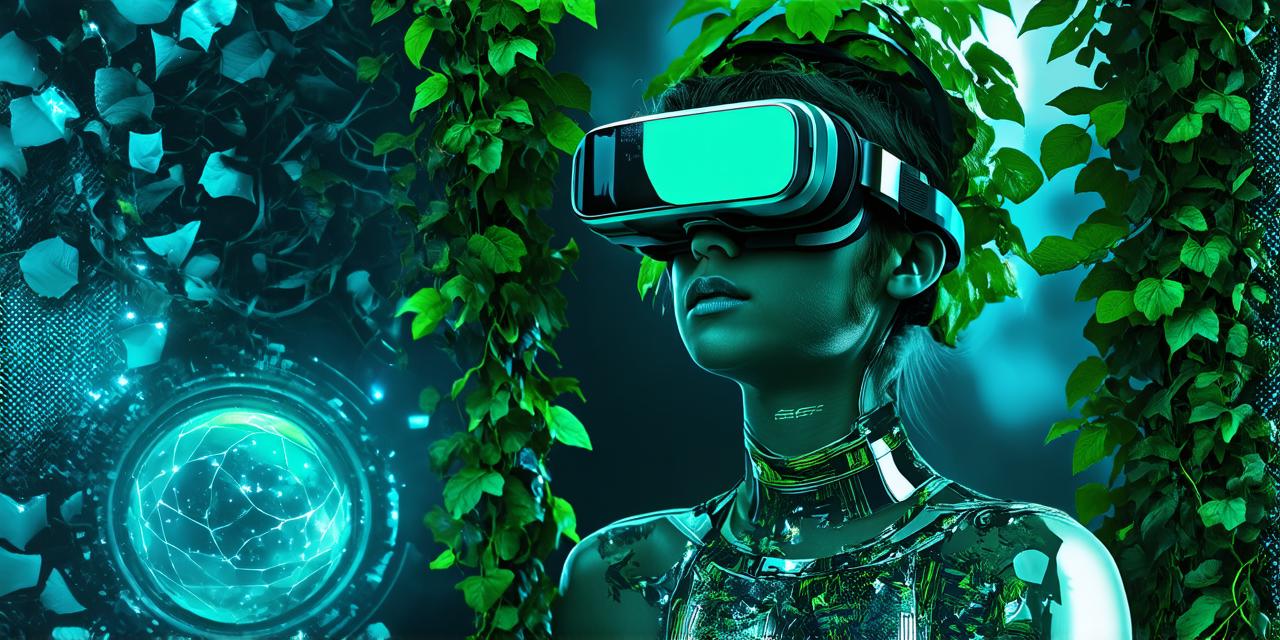In today’s world, technology has advanced significantly, and one of the most revolutionary developments in recent years is virtual reality (VR). VR is an immersive computer-generated simulation that allows individuals to experience things that are not real but feel and seem real. This technology has been around for over 50 years, with the first attempts at creating VR experiences dating back to the 1960s. However, it wasn’t until the early 21st century that virtual reality technology became more accessible and affordable to the general public.
What is Virtual Reality?
Virtual reality is a computer-generated simulation in which a person can interact in a seemingly real or physical way using specialized electronic equipment such as a headset or gloves equipped with sensors. The technology works by tracking the movements of the user, allowing them to move and interact within the virtual environment. This creates an immersive experience that engages the senses and simulates reality.
The Advantages of Virtual Reality
Virtual reality offers many advantages over traditional forms of media and experiences. Some of these advantages include:
- Immersive Experiences: VR allows users to fully immerse themselves in a virtual environment, giving them a sense of being transported to another world.
- Enhanced Learning: Virtual reality can be used as a tool for enhanced learning by allowing users to experience and interact with complex concepts and ideas in a more engaging and interactive way. For example, medical students can use VR to simulate surgeries, while history students can explore ancient ruins and historical events in a virtual environment.
- Improved Training: Virtual reality technology can be used for training purposes, allowing individuals to practice skills and techniques in a safe and controlled environment. This is particularly useful in fields such as medicine, aviation, and military training. For example, pilots can use VR simulations to practice flying without risking their lives or damaging equipment.
- Entertainment and Gaming: Virtual reality has become increasingly popular in the entertainment industry, with many games and experiences designed specifically for VR. This technology allows individuals to fully immerse themselves in a game or experience, creating an entirely new level of engagement and excitement.
- Accessibility: Virtual reality technology can be used to create experiences that are not possible or accessible in the real world, such as exploring ancient ruins or traveling to other planets. This can provide individuals with unique and unforgettable experiences that they may not otherwise have the opportunity to enjoy.

Case Studies and Personal Experiences
One example of virtual reality being used for educational purposes is the “Anatomy VR” app, which allows users to explore the human body in a 3D environment. This app has been shown to improve students’ understanding of anatomy and increase their engagement with the subject matter. Another example of virtual reality being used for training purposes is the “Flight Simulator” software used by pilots. This software allows pilots to practice flying in a simulated environment, providing them with valuable training that can be difficult or dangerous to replicate in real life.
Personal experiences with virtual reality can be incredibly transformative and eye-opening. For example, one user described their first VR experience as feeling like “being transported to another world.” Another user described the sense of immersion and engagement they felt while using a VR headset to explore ancient ruins.
The Future of Virtual Reality
Virtual reality technology is constantly evolving and improving, with new advancements being made in areas such as motion tracking, haptic feedback, and display resolution. As the technology becomes more accessible and affordable, we can expect to see virtual reality used in even more creative and innovative ways. For example, virtual reality could be used for remote collaboration, allowing individuals to meet and work together in a virtual environment.
In conclusion, virtual reality is a powerful tool that offers immersive experiences, enhanced learning, improved training, entertainment, and accessibility. With ongoing advancements in technology, the future of virtual reality is bright and full of exciting possibilities. Whether you’re a student, a gamer, or an individual looking for a unique experience, virtual reality is worth exploring.




